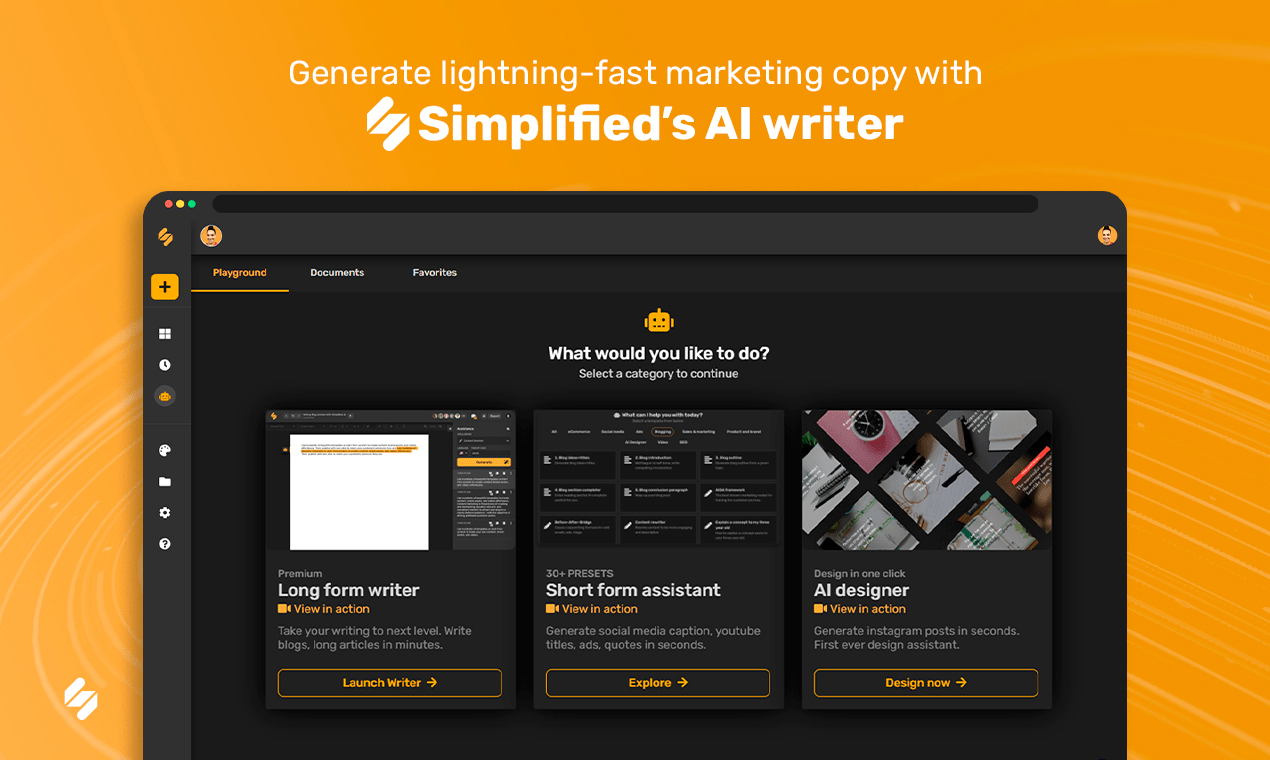Sophisticated AI systems like OpenAI’s GPT-3 can write prose that’s impressively human-like, or at least good enough to fool the average person. They’ve been used to generate essays, poetry, stories, news reports and more to impressive effect. Perhaps it was only a matter of time, then, before entrepreneurs saw an opportunity to leverage such systems to write marketing copy.
Scale makes AI a great fit for ads. Copywriting is time-consuming work, and AI — being machine-powered — theoretically never stops working. But a greater benefit is personalization. AI systems can target the text of ads to particular segments of customers or even individual customers, making them resonate stronger. At least in theory.
According to a 2021 survey by Phrasee, 63% of marketers would consider investing in AI to generate and optimize ad copy. It’s an admittedly biased finding — Phrasee sells AI-powered copy generation software. But vendor-neutral analytics firm Statista reports that 87% of current AI adopters are already using, or considering using, AI for sales forecasting and improving their email marketing.
Investors are bullish on the idea, in any case. Copysmith last April secured $10 million in financing for its AI-powered “creative content” generation platform. Copy.ai, a rival building similar algorithm-based copywriting tools for businesses, closed a $10 million round in October.
To get to the bottom of the enthusiasm for copy-generating tech, TechCrunch reached out to partners at VC firms who’d invested in startups in the nascent space within the last two years. We spoke with Sandhya Venkatachalam, a Khosla Ventures partner specializing in AI and machine learning startups, and Wing Venture Capital partner Zach DeWitt.
DeWitt asserts that AI-powered adtech makes solid business sense because it automates many repetitive, mundane copywriting tasks. Rather than suck human creativity out of the process, he argues, platforms like Copysmith and Wing-backed Copy.ai — as well as Jasper, InstaCopy, ContentEdge, and Khosla and Wing portfolio company Simplified — allow professionals to focus their energy on higher-level tasks while saving organizations money.
For instance, Simplified can generate quotes and paragraphs about products for blogs, emails, Facebook ads and even short e-books. The platform’s AI can write in over 10 different tones, according to Simplified’s website, optionally serving as a writing aid by “expanding” human-written sentences, inserting paragraphs or rewriting previously written content.

Copysmith, which says its tools are used by teams at Google, Change.org and Marshalls, among others, promises to “write and launch search engine optimized (SEO)-focused product descriptions and meta tags” that “outrank the competition” and “convert shoppers to customers in record time.” The company’s copy-composing AI is trained on best practices in SEO and growth marketing, Copysmith claims, and able to generate blog posts and site pages on the fly.
“AI-powered writing applications will thrive throughout economic cycles because they help make customer acquisition more efficient and profitable and save companies time and money on copywriting efforts,” DeWitt said in an email. “Why have a human spend 50 hours writing hundreds of product descriptions for an online marketplace as opposed to having [AI] auto-generate all of these descriptions in minutes?”
Venkatachalam agrees, but with the caveat that the technology and team must be sufficiently differentiated. “AI that allows any kind of relevant, useful content generation at scale — including marketing copy — is a good technology bet,” she told TechCrunch via email. “We invested in OpenAI, and DALL-E 2 is showing what you can do with images and natural language today. You can imagine the power of AI doing the same for marketing.”
Khosla was among the early investors in OpenAI alongside the charitable foundation of LinkedIn co-founder Reid Hoffman. Entire adtech companies have been formed on top of GPT-3, Venkatachalam notes, including the aforementioned Copy.ai, Broca and Snazzy.
Of course, developing and running the AI that powers these services can be quite expensive. OpenAI is estimated to have spent $4.6 million training GPT-3, and one source pegs the cost of hosting GPT-3 on a single AWS instance (p3dn.24xlarge) at $87,000 per year. Companies that offer services on top of cloud-hosted models from OpenAI and others, meanwhile, must factor in the cost of API calls, which average around a few cents per 1,000 words.
But Venkatachalam doesn’t see this as a concern for teams that — in her own words — “have the right expertise in [AI development costs] and that are building real software solutions for which they can charge meaningfully.” This might entail fine-tuning models to work better for a given set of verticals, industries or customers, she said.
“If you are just putting a ‘cover’ on GPT-3 then yes, [operating costs] might be a concern,” Venkatachalam said. “The technology [and] models are just the starting point for great founders to create entirely new solutions for the current market. Yes, there are a ton of startups that are just putting a wrapper on these models to make them a bit more accessible, and we think that is not the way to go. But companies like ContentFly and Simplified are using them to democratize access to full software solutions or marketplaces previously unaffordable to smaller teams and organizations. They are rethinking the way marketing software suites work from the ground up, which includes understanding user workflows and building really differentiated products with the underlying technology.”

Innovation in the space has the potential to pay off in spades. Copy.ai grew revenue to over $2 million in its first year (2020) and has more than tripled it in its second year, DeWitt claimed. Venkatachalam said that Simplified has seen 10x user growth (to 1 million) and 5x annual recurring revenue growth since its founding, with almost 1 billion words and 800,000 documents generated on the platform. Jasper claims to have more than 55,000 paying subscribers, and OpenAI told Wired in a recent piece that one competitor has more than 1 million users.
“It can be expensive to run these models at scale, [but] the winners in this market will figure out how to make the unit economics work,” DeWitt said. “I believe there will be at least one over-$10 billion business built in this space, maybe multiple.”
It remains to be seen whether the optimism is warranted — after all, Khosla and Wing have a vested interest in copy-generating technology catching on. Also, as Wired notes in the above-linked piece, the technology has problematic aspects, like the potential to commit plagiarism — regurgitating text that appeared in its training data scraped from the web.
DeWitt rightly points out that growth in digital commerce is fueling the demand for adtech solutions more broadly, however. Last year, the number of investment deals in adtech and marketing tech companies grew by more than 200% year on year, according to a report from investment bank Luma.
“We expect this category of generative AI to continue expanding into other marketing use cases, such as image generation, video, etc., on top of fundamentals learned within the copy generation use case,” DeWitt said. “Recent advancements in AI are now enabling personalized copy generation at scale. At Wing, we believe that the majority of online content will be created by AI by 2030.”
Venkatachalam added: “The generation of marketing copy is one of the first, more obvious applications of powerful new large AI language models. As this general space evolves, we will see more applications in areas like design. Other areas could include using natural language to design user experience, but without any code or using natural language to edit, review and even write code for you. The possibilities are actually endless.”































Comment